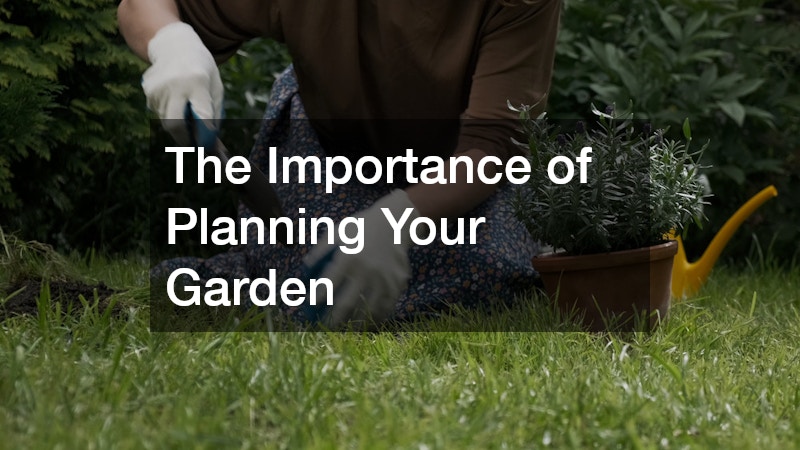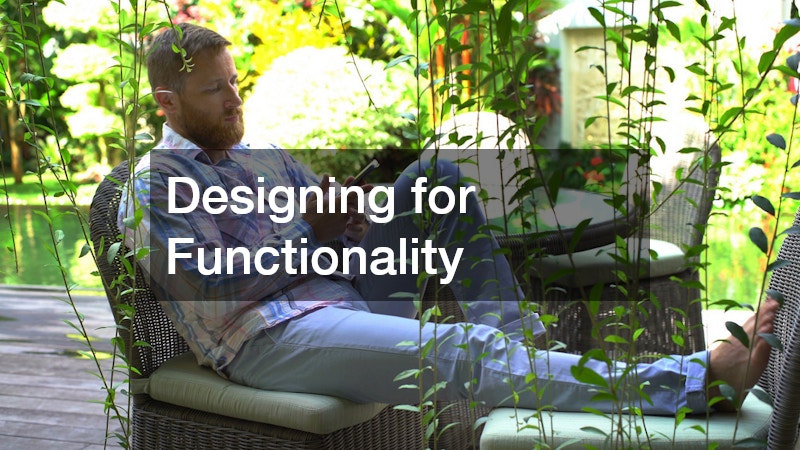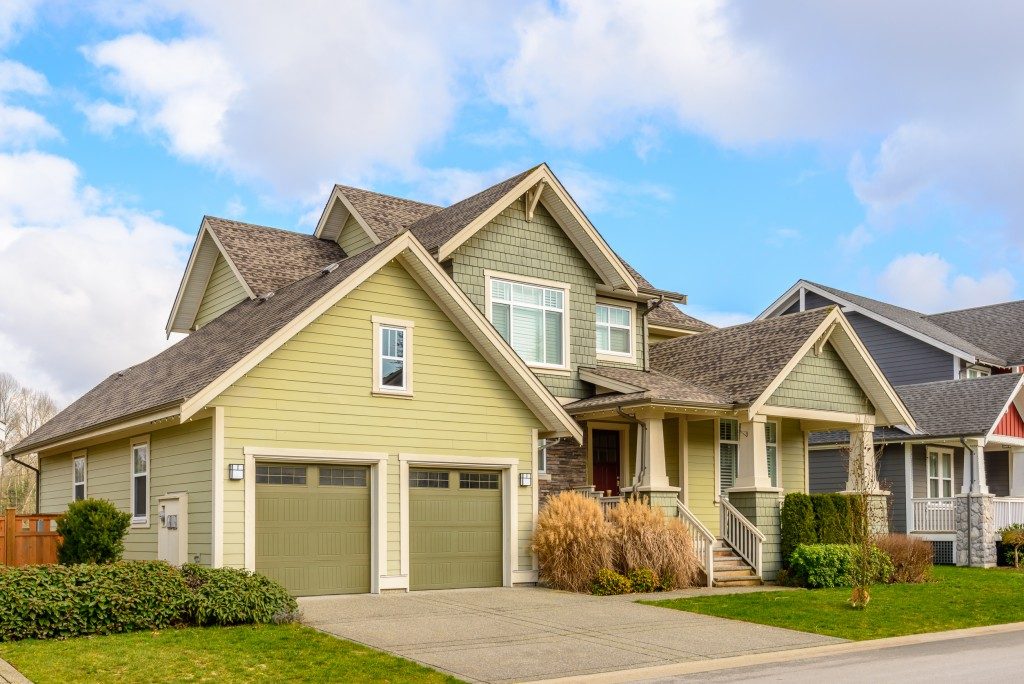Designing a garden is one of the most rewarding projects any homeowner can take on. A well-planned garden not only enhances your home’s curb appeal but also creates a personal sanctuary for relaxation, play, and even food production. The process goes far beyond planting a few flowers—it’s about creating a functional, beautiful, and inviting outdoor space that reflects your lifestyle.
In this article, we’ll explore key elements of garden design, from layouts and plant choices to practical features and creative touches that make a garden uniquely yours.
The Importance of Planning Your Garden

Good garden design always starts with a clear vision. Instead of jumping straight into planting, think about what you want the space to achieve. Do you want a quiet retreat, a family-friendly yard, or a vibrant flower-filled landscape?
- Aesthetic goals: Do you prefer symmetry, a wild cottage look, or sleek modern lines?
- Functionality: Will your garden be a place for entertaining, growing vegetables, or simply admiring flowers?
- Maintenance level: Some gardens require weekly care, while others can thrive with low effort.
Planning ensures that every choice—plants, pathways, and features—works together to create a balanced design.
Understanding Garden Styles
There’s no single way to design a garden. Different styles suit different homes, climates, and personalities. A few popular garden design approaches include:
- Cottage gardens: Overflowing with flowers, herbs, and rustic charm. These often mix annuals and perennials for year-round color.
- Modern gardens: Clean lines, minimal plant variety, and structured layouts. Hardscaping (like stone or wood) plays a big role.
- Japanese gardens: Focused on harmony, balance, and natural materials. They often use water features, rocks, and carefully pruned plants.
- Wildlife gardens: Designed to attract bees, butterflies, and birds. Native plants and pollinator-friendly flowers dominate.
- Formal gardens: Symmetrical designs, trimmed hedges, and pathways that emphasize order and balance.
Choosing a style helps guide your plant selection and layout decisions, keeping the overall design consistent.
Creating Structure with Layout & Hardscaping
Plants may be the stars, but structure gives your garden its backbone. Before choosing flowers or shrubs, think about the physical framework:
- Pathways: Gravel, stepping stones, or brick can guide movement and break up space.
- Borders & edges: Defined edges with stones, wood, or metal help separate lawn from flower beds.
- Seating areas: Benches, pergolas, or small patios provide rest spots and focal points.
- Water features: Ponds, fountains, or birdbaths add tranquility and visual interest.
Hardscaping (the non-plant elements) ensures your garden feels purposeful rather than scattered.
Choosing Plants with Purpose
Plant selection is at the heart of garden design. Instead of randomly picking flowers you like, think about how plants interact with each other and the environment.
- Height & layering: Place tall shrubs or trees at the back or center, medium plants in the middle, and low flowers in front. This layering creates depth.
- Color schemes: Stick to a palette—like calming blues and purples, or bold reds and yellows—for harmony.
- Seasonal interest: Mix plants that bloom in spring, summer, and fall to avoid bare spots.
- Native plants: These often thrive with less water and maintenance, while supporting local wildlife.
For homeowners curious about how to start a flower garden, these same principles apply—just with an emphasis on selecting blooms that suit your region and maintenance level.
Designing for Functionality

A beautiful garden should also be functional. Your outdoor space might serve multiple purposes, so design it with zones in mind.
- Entertainment zones: A deck or patio surrounded by greenery makes a perfect gathering spot.
- Play areas: Families may want open lawn space or durable plants around playsets.
- Vegetable & herb beds: Raised beds or containers can add productivity without taking up too much room.
- Relaxation spaces: Hammocks, reading nooks, or meditation areas work best when tucked into private corners.
Balancing form with function ensures your garden works for both everyday living and visual appeal.
Using Light & Shade to Your Advantage
Lighting—both natural and artificial—has a huge impact on design. Some plants need full sun, while others thrive in partial or full shade.
- Sunny spots: Perfect for roses, lavender, and vegetables.
- Shady areas: Great for hostas, ferns, and hydrangeas.
- Evening ambiance: Solar lights, lanterns, or string lights create a magical night-time garden.
Strategic lighting can extend your garden’s usefulness into the evening while highlighting focal points.
Low-Maintenance Design Ideas
Not everyone has hours each week to care for a garden. With smart design, you can have beauty without endless chores.
- Choose drought-resistant plants like succulents or ornamental grasses.
- Install mulch or ground cover to reduce weeds and retain soil moisture.
- Opt for automatic irrigation or soaker hoses.
- Group plants with similar water and sun needs together.
This approach ensures your garden stays attractive without becoming overwhelming.
Adding Personality with Decorative Features
Designing a garden isn’t just about plants—it’s about creating a reflection of your personality. Small details can make a big difference:
- Garden art, sculptures, or wind chimes
- Painted pots and colorful containers
- Vertical gardens or trellises for climbing plants
- Birdhouses and feeders to attract wildlife
These finishing touches personalize the space and make it feel truly lived-in.
Evolving with Time
One of the most exciting aspects of garden design is that it’s never truly finished. Plants grow, seasons change, and your needs may evolve.
- Shrubs and trees will mature, altering shade and space.
- Annuals allow for experimenting with color each year.
- Pathways and seating areas may expand as your lifestyle changes.
Good design allows flexibility, leaving room for growth and experimentation.
Final Thoughts
Learning how to design a garden is about blending beauty, functionality, and personal style. By thinking about structure, plant choices, and lifestyle needs, you can transform an outdoor space into a welcoming retreat. Whether you’re aiming for a bold, colorful display or a quiet, natural hideaway, the right design makes your garden a true extension of your home.
And if you’re just beginning, remember: every great design starts small. You don’t need acres of land or a professional landscaper—just a clear vision and a willingness to get your hands in the soil. Over time, your garden will grow into a space that’s uniquely yours.


